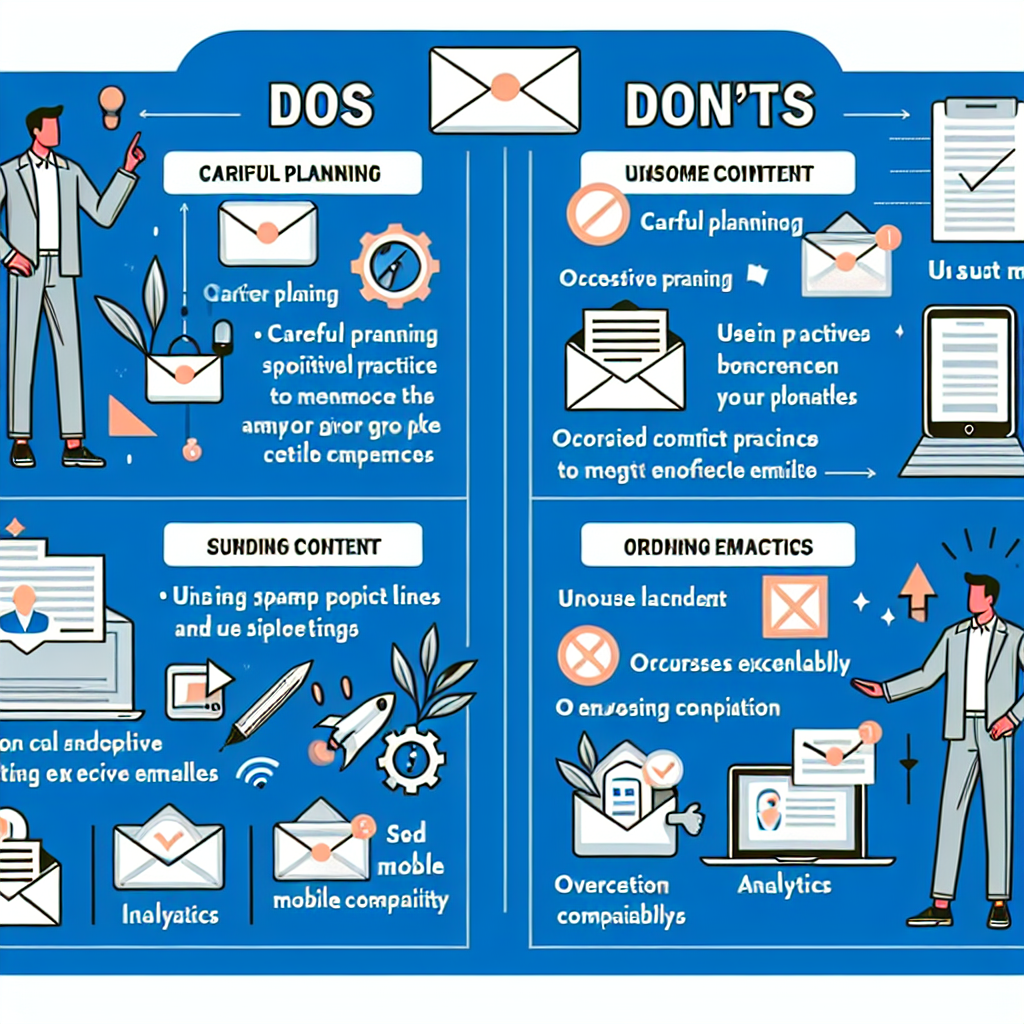Email Automation: A Beginner’s Guide
Email automation is a powerful tool that can take your marketing efforts to the next level. Whether you’re a small business owner, a marketer, or just someone interested in improving your email marketing strategies, understanding email automation can save you time and boost your campaign effectiveness. This guide will walk you through the basics of email automation, including its benefits, how to get started, and some best practices to ensure success.
What is Email Automation?
Email automation allows you to send time or action-triggered emails to subscribers with relevant information. It uses a customer’s interaction with your business to send emails that are personalized and timely. Essentially, it enables you to communicate with your audience without manually sending each email, freeing up your time for other critical tasks.
Benefits of Email Automation
There are numerous benefits to implementing email automation into your marketing strategy:
1. Saves Time
One of the most significant advantages of email automation is the ability to save time. Instead of manually sending out individual emails, you can set up a series of automated emails to be sent based on specific triggers or schedules, allowing you to focus on other areas of your business.
2. Improves Customer Engagement
Email automation allows you to send personalized messages to your customers based on their behavior and preferences. According to a Statista report, personalized emails have an open rate of 18.8%, compared to 13.1% for non-personalized emails. This increased engagement can lead to higher conversion rates and more loyal customers.
3. Increases Revenue
Automated emails can significantly increase revenue. For example, Omnisend reports that automated emails generate 320% more revenue than non-automated emails. By targeting customers with relevant and timely information, you can drive more sales and boost your bottom line.
4. Enhances Customer Retention
By sending regular, personalized emails to your customers, you can keep your brand at the forefront of their minds and build stronger relationships. This can lead to higher customer retention rates and increased lifetime value.
How to Get Started with Email Automation
Getting started with email automation may seem daunting, but with the right approach, it can be a straightforward process. Here are some steps to help you begin:
1. Choose the Right Email Automation Tool
Several email automation tools are available, each with its own set of features and pricing. Some popular options include Mailchimp, HubSpot, and ActiveCampaign. Take the time to research and choose a tool that fits your business needs and budget.
2. Define Your Goals
Before setting up your automated emails, it’s essential to define your goals. What do you want to achieve with your email automation? Whether it’s increasing sales, improving customer engagement, or nurturing leads, having clear goals will help you create more effective email campaigns.
3. Segment Your Audience
Segmentation is crucial for successful email automation. By dividing your audience into smaller groups based on factors such as behavior, demographics, and preferences, you can send more targeted and relevant emails. According to Mailigen, segmented email campaigns have a 14.31% higher open rate and a 100.95% higher click-through rate than non-segmented campaigns.
4. Create Engaging Content
Your email content should be engaging, informative, and relevant to your audience. Use a mix of text, images, and videos to capture your readers’ attention and keep them interested. Additionally, make sure your emails are mobile-friendly, as more than 50% of emails are opened on mobile devices.
5. Set Up Triggers and Workflows
Email automation relies on triggers and workflows to send emails automatically. Triggers are specific actions or events that prompt an email to be sent, such as a customer signing up for a newsletter or making a purchase. Workflows are the series of automated emails that are sent based on these triggers. Take the time to set up and test your triggers and workflows to ensure they are working correctly.
Best Practices for Email Automation
To make the most of your email automation efforts, follow these best practices:
1. Personalize Your Emails
Personalization is key to successful email automation. Use your customer’s name, recommend products based on their purchase history, and tailor your content to their interests. Personalized emails can lead to higher engagement rates and better customer relationships.
2. Test and Optimize
Regularly test and optimize your automated emails to ensure they are effective. A/B testing can help you determine which subject lines, content, and calls-to-action perform best. Use the data from these tests to make informed decisions and improve your email campaigns.
3. Monitor Your Metrics
Keep an eye on your email metrics, such as open rates, click-through rates, and conversion rates. These metrics can give you valuable insights into how your emails are performing and where you can make improvements. Additionally, monitoring your metrics can help you identify any issues with your email automation and address them promptly.
4. Maintain a Clean Email List
Regularly clean your email list to remove inactive subscribers and invalid email addresses. A clean email list can improve your deliverability rates and ensure your emails are reaching the right audience. According to Campaign Monitor, email lists with high engagement rates have an average open rate of 22.86% and a click-through rate of 3.71%.
5. Comply with Email Marketing Laws
Ensure your email automation practices comply with relevant email marketing laws, such as the CAN-SPAM Act and GDPR. This includes obtaining consent from your subscribers, providing an easy way to unsubscribe, and including your business’s contact information in your emails.
Conclusion
Email automation is a powerful tool that can help you save time, improve customer engagement, and increase revenue. By understanding the basics of email automation and following best practices, you can create effective email campaigns that drive results. Remember to choose the right email automation tool, define your goals, segment your audience, create engaging content, set up triggers and workflows, personalize your emails, test and optimize, monitor your metrics, maintain a clean email list, and comply with email marketing laws. With these strategies in place, you’ll be well on your way to mastering email automation and achieving your marketing goals.

